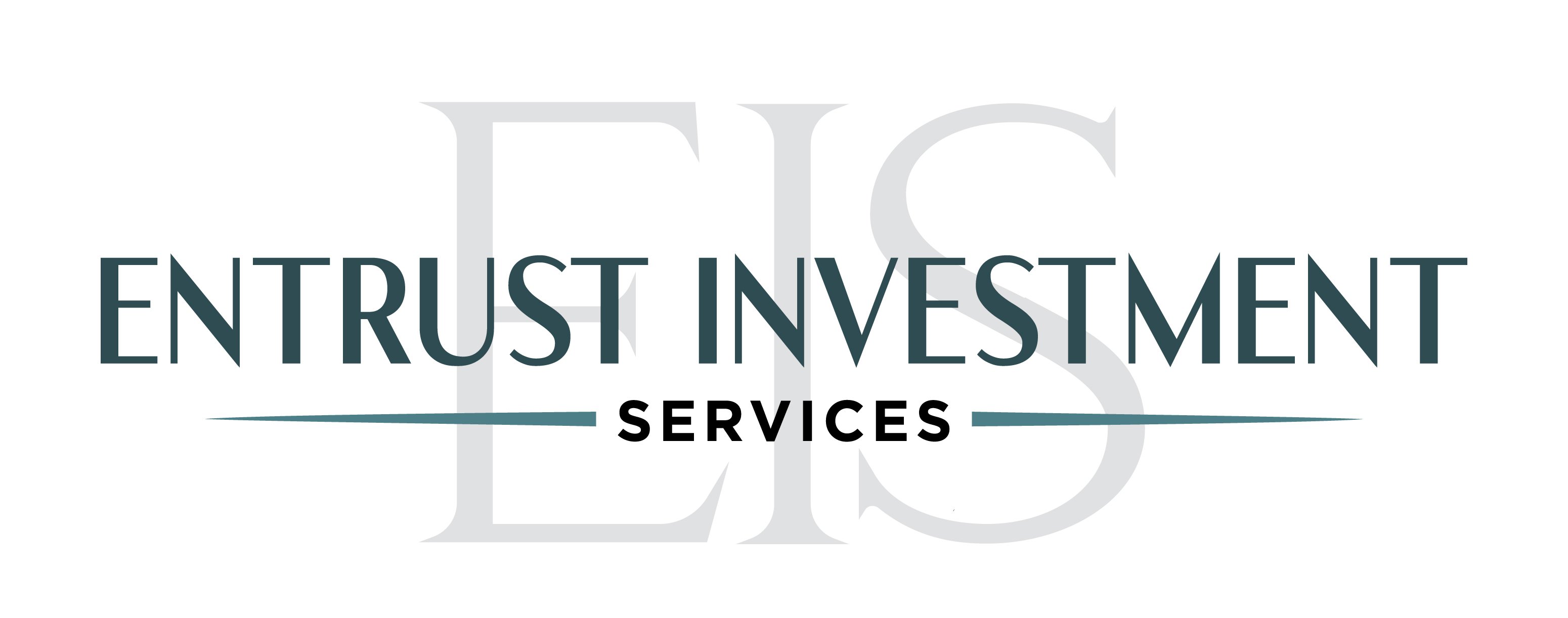Stepping into the retirement phase of life is an exhilarating transition. It's the time when you reap the benefits of decades of hard work. To ensure these golden years are as fulfilling as you hope, it's crucial to have a comprehensive plan in place. Here's a step-by-step guide for those who are preparing to retire in the near future.
Step 1: Visualize Your Retirement
Retirement is a broad canvas that you get to fill. Your first task is to paint a picture of your ideal retirement lifestyle. Are you globe-trotting, spending time with family, or perhaps learning a new skill? Your vision will directly impact how much you need to fund your retirement.
Step 2: Assess Your Expected Retirement Costs
Now that you have your retirement vision, you need to calculate your future expenses. This includes essentials like housing, utilities, and food, along with discretionary spending for hobbies, travel, and entertainment. Remember to factor in inflation and potential increases in healthcare costs.
Step 3: Identify Your Income Resources
Your next task is to identify all possible sources of income during retirement. This may include Social Security benefits, pensions, annuities, and potentially, part-time work. Of course, a significant portion of your retirement income will also come from your personal savings and investments.
Step 4: Assess Your Investment Strategy's Ability to Generate Income
At this stage, take a closer look at your investment strategy. With the shift from wealth accumulation to distribution, your portfolio's income generation becomes paramount. You might want to consult with a financial advisor to tailor a balanced, low-risk portfolio that provides steady income throughout retirement.
Step 5: Comprehensive Investment Planning
One of the most critical factors often overlooked in investment planning is long-term inflation. Over the course of your retirement, inflation can significantly erode your purchasing power. To safeguard your retirement savings, your investment strategy should aim to outpace inflation. This could involve a mix of assets, such as stocks, bonds, and real estate, tailored to your risk tolerance and retirement timeline.
Step 6: Consider Tax Planning
When it comes to retirement, understanding tax implications is crucial. Different income sources may be taxed differently, and the timing of when you withdraw from certain accounts can impact your tax burden. A key strategy to consider is Roth Conversion - converting funds from a traditional IRA to a Roth IRA. This strategy involves paying tax on the funds now so that withdrawals are tax-free in retirement.
In addition, it's important to be aware of the "Social Security tax torpedo." This refers to the potential for Social Security benefits to suddenly become taxable if your income exceeds a certain threshold. By carefully planning your income streams in retirement, you can avoid this sudden increase in taxes and safeguard your retirement savings. It's essential to understand these dynamics to strategically plan for a tax-efficient retirement.
Step 7: Regularly Review and Adjust Your Plan
The financial landscape is continually changing, and so are your personal circumstances and goals. Regularly reviewing and adjusting your plan will ensure it remains aligned with your retirement vision. Be prepared to make changes due to shifts in market conditions, health status, or personal goals.
Step 8: Have a Plan for Medical Costs
Healthcare can be a significant expense in retirement. Planning for these costs is essential to protect your retirement savings. Consider your options, such as Medicare, supplemental health insurance, health savings accounts (HSAs), or long-term care insurance, to help cover these costs.
Step 9: Put Together an Estate Plan
Though it's not a comfortable topic, creating an estate plan is a crucial aspect of retirement planning. This ensures that your wishes are carried out after your passing. Essential steps include drafting a will, setting up a power of attorney, establishing healthcare directives, and possibly creating trusts.
By following these steps, you're equipping yourself to enjoy a secure and fulfilling retirement. Though you're on the cusp of this new life stage, there's still time to fine-tune your plan to optimize your financial well-being during your golden years. Welcome to retirement!




